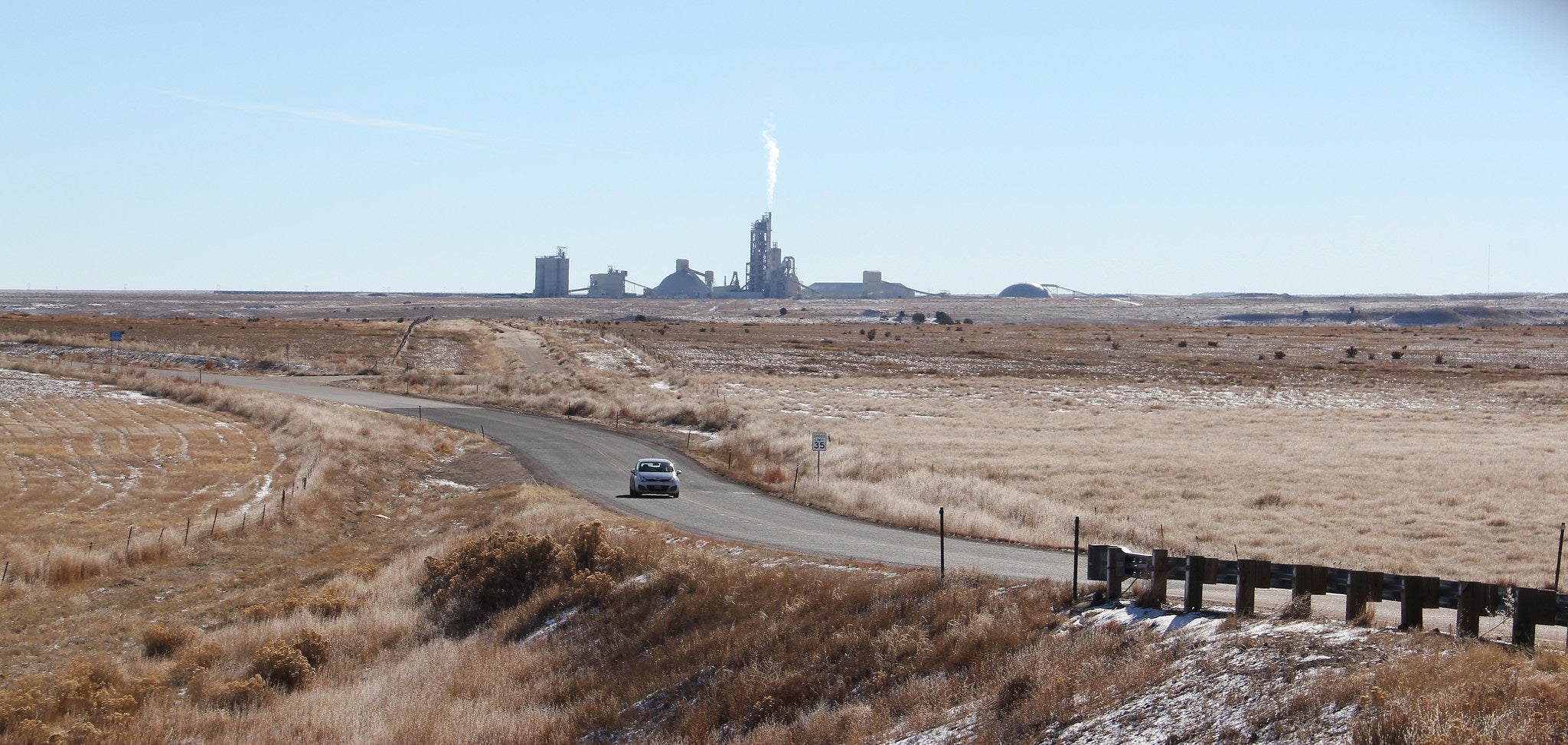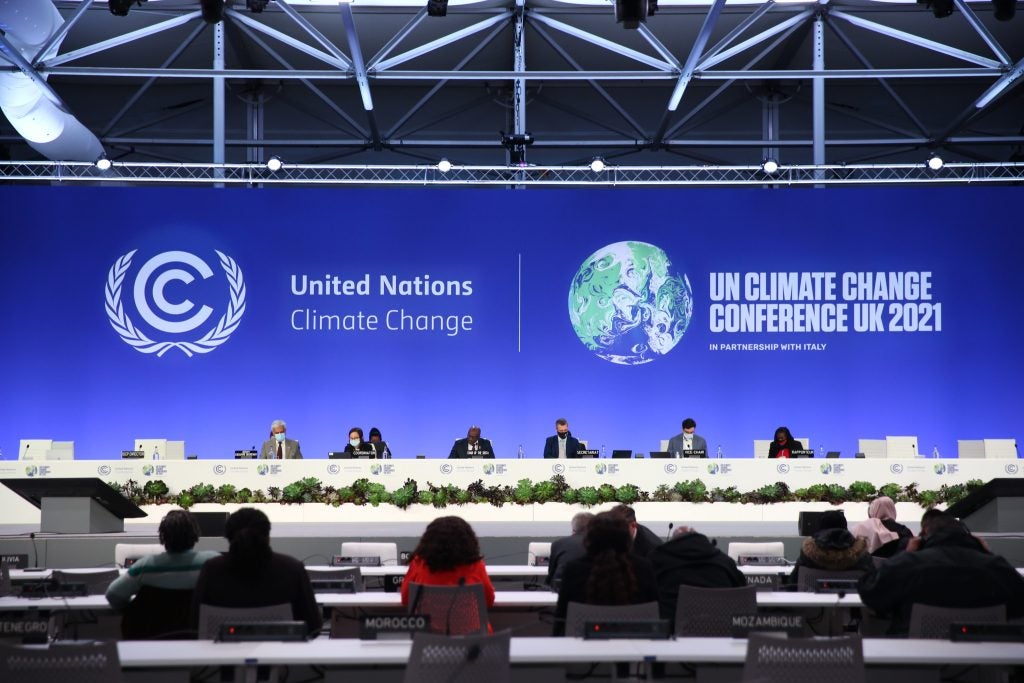As the 2022 legislative session in Colorado gets underway – with many climate and environmental issues on the agenda – it’s important to take stock of what legislators accomplished on this front last year. One key action we’ve been tracking closely and hope to see progress on this year: Curbing climate pollution from industry and manufacturing.
On top of Colorado’s existing obligation to cut emissions across the economy, established in the state’s Climate Action Plan in 2019 (HB 19-1261), the legislature passed an additional mandate last year directing the state’s Air Quality Control Commission (AQCC) to adopt rules that ensure climate pollution from the industrial and manufacturing sector falls 20% below 2015 levels by 2030.
As we detail below, even with this further direction from legislators and some positive steps, progress on reducing emissions continues to be slow. In the fall, the Commission adopted a new rule that takes aim at climate pollution from four specific industrial facilities in Colorado. The new rule marked an important step forward as the first rule directly regulating climate pollution from one of the state’s major source categories, though together these facilities account for just 2% of the statewide emissions (see Figure 1 below).















